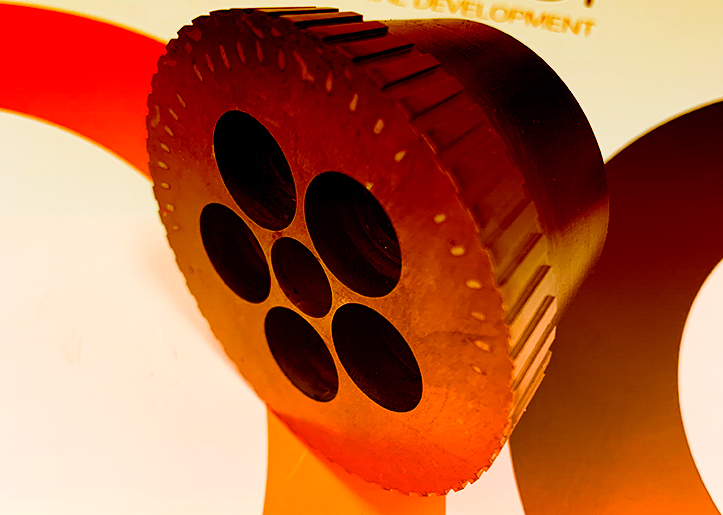Tempering is a heat treatment that is carried out on steel after hardening to achieve…

What is quenching and how is it done? | EONSI
Quenching is a heat treatment performed on steel to improve its mechanical properties, especially strength and toughness.
Quenching heat treatment: what is it, what does it consist of and how is it carried out?
Steels are subjected to various heat treatments such as quenching, tempering, annealing and normalising, in order to achieve certain mechanical properties such as hardness, toughness and mechanical strength, depending on their different uses. These heat treatments modify the crystalline structure of steels without altering their chemical composition by means of heating and cooling processes. Quenching is the combination of two of these thermal processes, hardening and tempering. These two treatments are carried out together, since when a metal is subjected to quenching, it is immediately afterwards necessary to apply the tempering process to reduce the brittleness of the steel.
What is steel quenching?
Steel quenching is an integral heat treatment, which affects the core and surface of the metal, to improve its mechanical properties in order to increase its hardness, tensile strength and wear resistance. Quenching heat treatment consists of hardening and tempering and is suitable for alloy steels or steels with a high carbon content.
Types of quenched steels
The quenched steels are for both alloy and non-alloy steels, they must also meet basic requirements of carbon content between 0.20 and 0.60 % and the presence of special elements such as chromium, manganese, molybdenum and nickel.
How is the quenching of steels carried out?
The quenched heat treatment is carried out starting with the tempering process. This consists of heating the steel to a certain temperature and then cooling it rapidly by introducing it into water, oil, salts, or with air or gases. The cooling rate depends on the characteristics of the steels and the results to be obtained. The resulting hardened steel acquires maximum hardness and strength, but at the same time it is very fragile, which is why tempering is carried out immediately after hardening. For this, the workpiece is heated again and then slowly cooled, the cooling rate gives different characteristics, the resulting steel increases its strength and elasticity. Depending on the use and the required hardness and strength, different quenching degrees can be applied by varying the temperature and duration of the treatment.
Benefits of steel quenching
Steel quenching has the advantage of increasing the hardness, strength and toughness of the material. The service life of the steel is also increased and the mechanical response of the steel is improved. Depending on the degree of quenching, wear resistance, tensile strength, fatigue strength, dimensional stabilisation of materials and reduction of internal stresses are increased.
Main uses of quenched steel
Quenched steels can have various uses depending on the different degrees of application of this thermal process. They have good weldability and good machinability, and are used for the manufacture of parts and tools exposed to tensile, torsion, bending, toughness, exposed to high dynamic and mechanical stresses. Shafts, machine gears, engine cylinders, steam turbine shafts, high strength fasteners, very suitable for aeronautical, automotive, mechanical engineering components, such as propeller shafts, connecting rods, gear shafts, crankshafts, landing gear components, as well as for heavy machinery.
EONSI’s quenched steel
EONSI works with high-performance materials such as quenched steel to meet the demands of the most cutting-edge industry in technology and innovation. Its application in aeronautical engineering, renewable energies, medical, pharmaceutical and food sectors is possible in EONSI as we work with components, machinery and highly qualified professionals.



